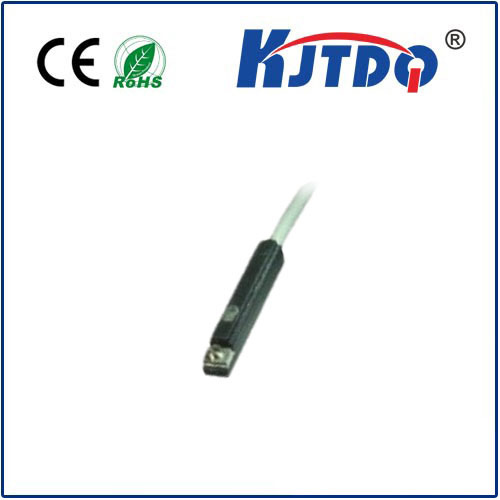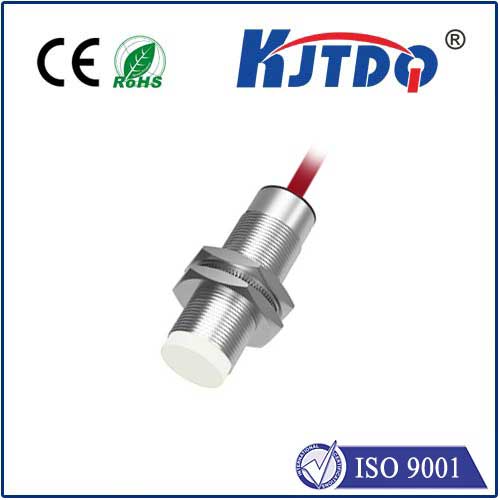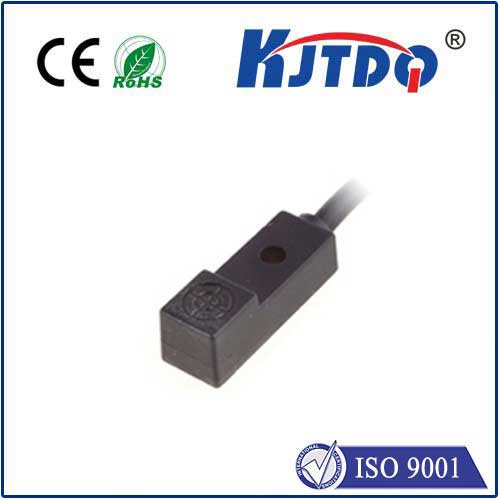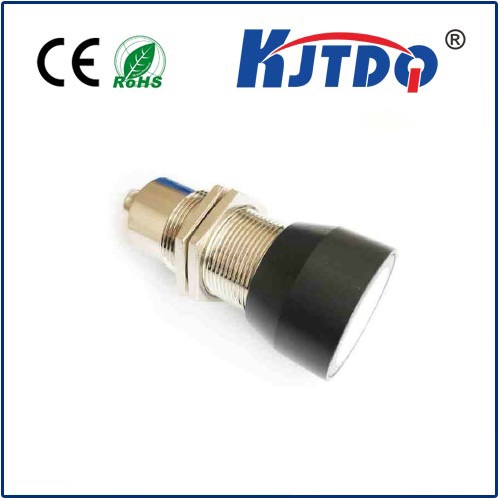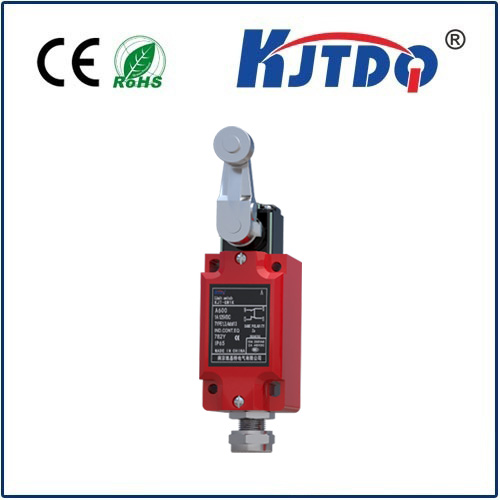

check

check

check

check
E3NC: The Future of Energy Efficiency in the Digital Age
In an era where technology is rapidly transforming every aspect of life, energy efficiency has become a critical concern for businesses and governments alike. The concept of E3NC—Energy, 3D, Network, and Computing—represents a comprehensive approach to optimizing energy use in modern digital systems. This article explores how E3NC is reshaping the landscape of energy efficiency, offering innovative solutions that are both practical and sustainable.

The foundation of E3NC lies in its integration of energy management with advanced technologies. The Energy component focuses on reducing consumption through smart systems and renewable sources. By leveraging real-time data and predictive analytics, organizations can monitor and adjust energy use dynamically, ensuring that resources are utilized efficiently without compromising performance. The 3D aspect refers to the development of three-dimensional models and simulations that help in designing energy-efficient systems. These models allow for a more precise understanding of energy flow and consumption, enabling engineers to optimize designs before they are built.
The Network component of E3NC emphasizes the role of digital infrastructure in managing energy systems. Smart grids, IoT devices, and cloud-based platforms are integral to this strategy, allowing for seamless communication between energy providers, consumers, and automation systems. This interconnectedness ensures that energy distribution is not only efficient but also resilient, capable of adapting to changing demands and disruptions. Finally, the Computing aspect highlights the importance of computational power in simulating and analyzing energy systems. Advanced algorithms and machine learning are used to forecast energy needs, identify inefficiencies, and implement solutions in real time.
The integration of these four pillars—Energy, 3D, Network, and Computing—creates a robust framework for achieving sustainable energy practices. As businesses and governments continue to invest in digital technologies, E3NC offers a scalable solution that aligns with global sustainability goals. By adopting E3NC, organizations can not only reduce their carbon footprint but also enhance their operational efficiency and competitiveness in a rapidly evolving market.
In conclusion, the E3NC model represents a paradigm shift in how we approach energy efficiency. It combines the best of modern technology with sustainable practices, paving the way for a more intelligent and efficient future. With the right implementation, E3NC can transform industries, empower consumers, and contribute to a cleaner, more resilient world.
